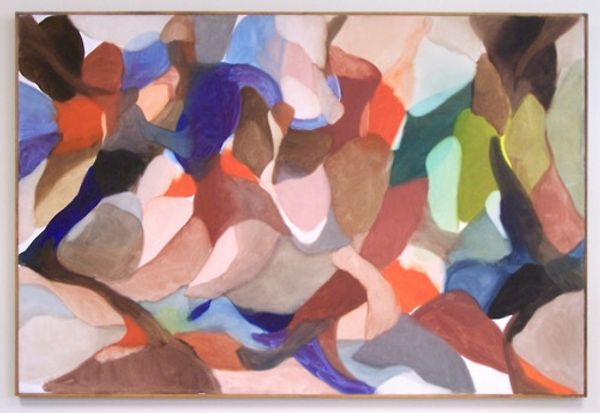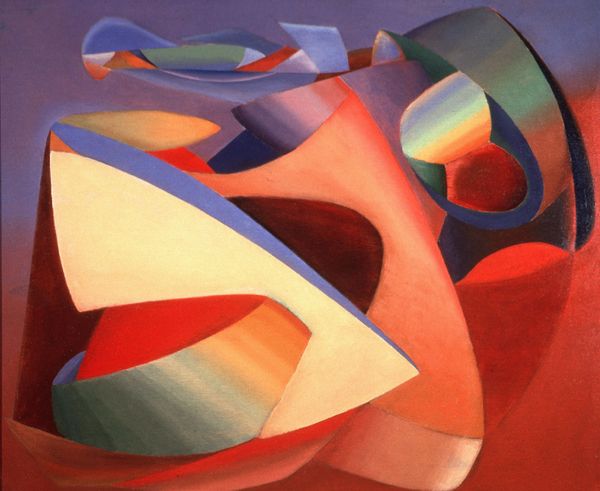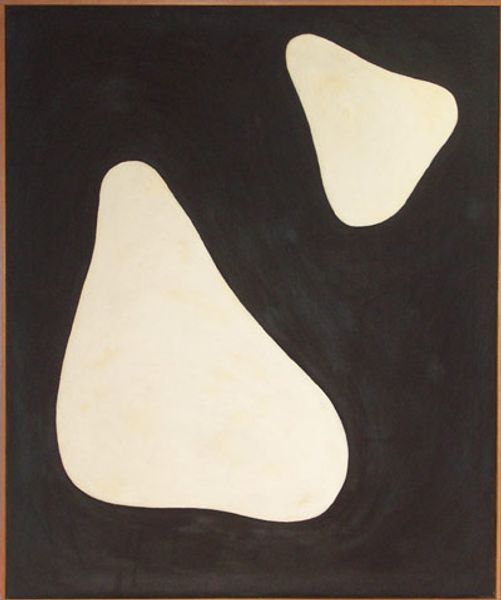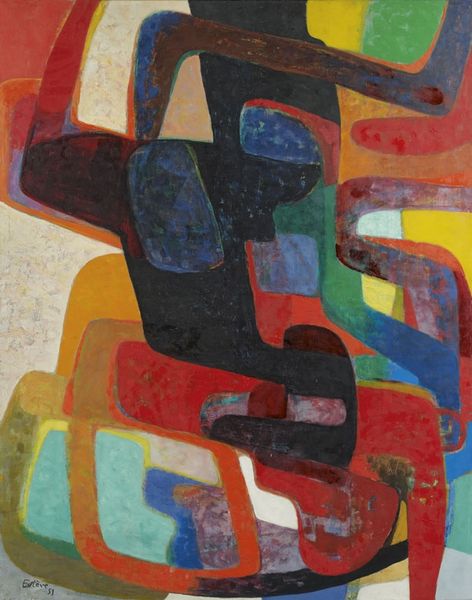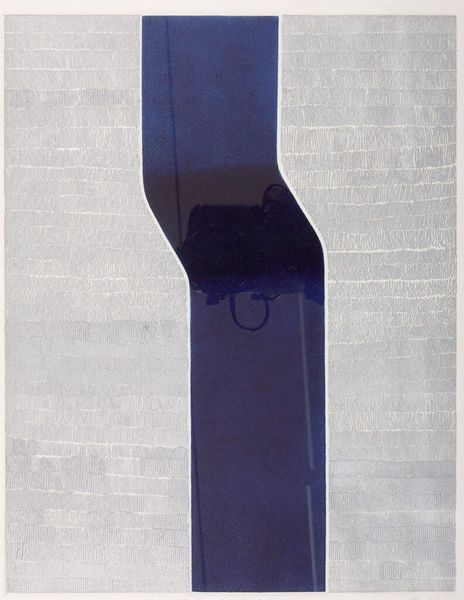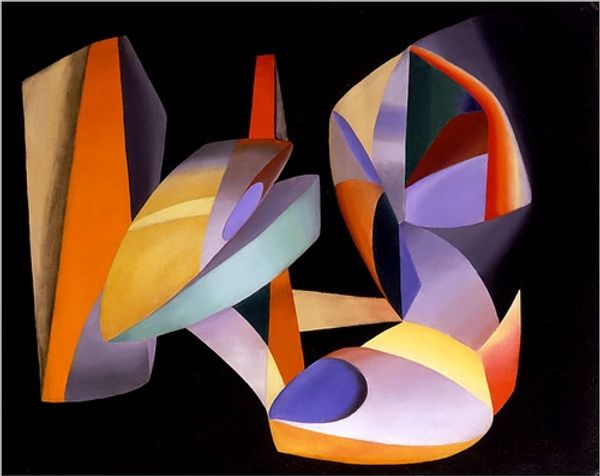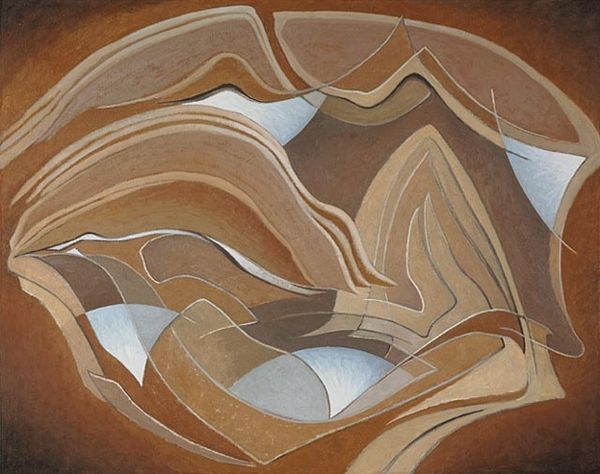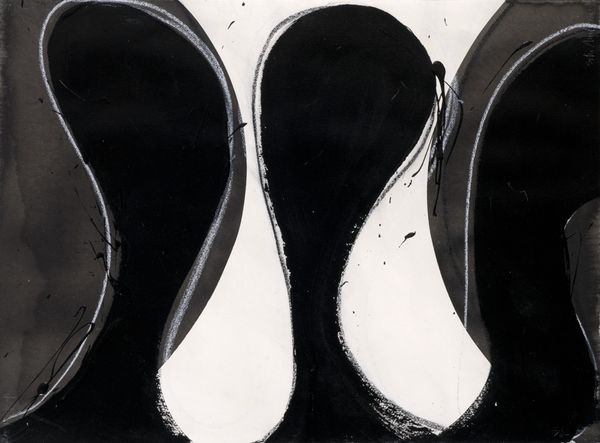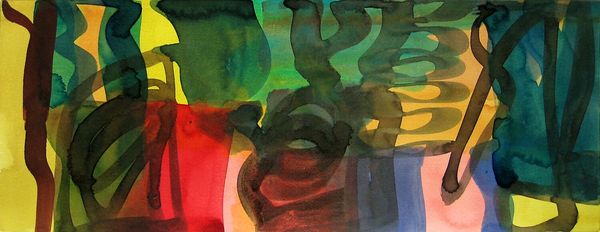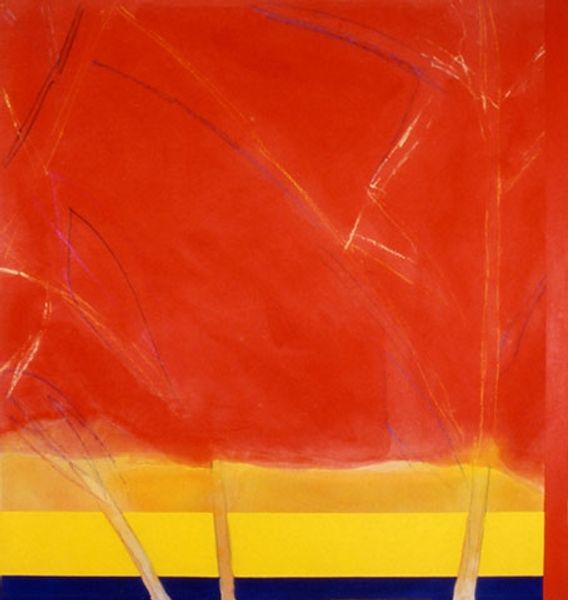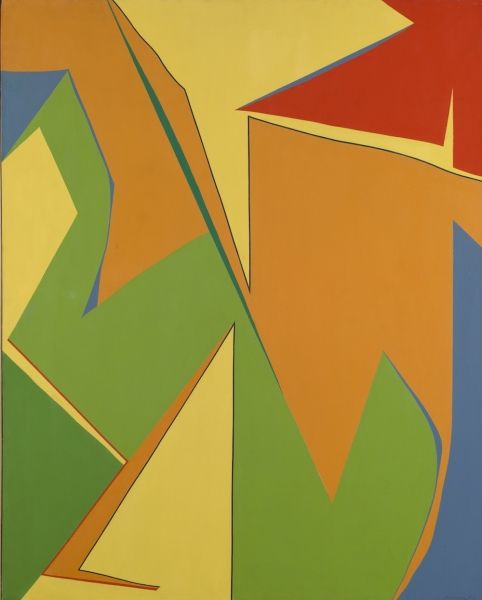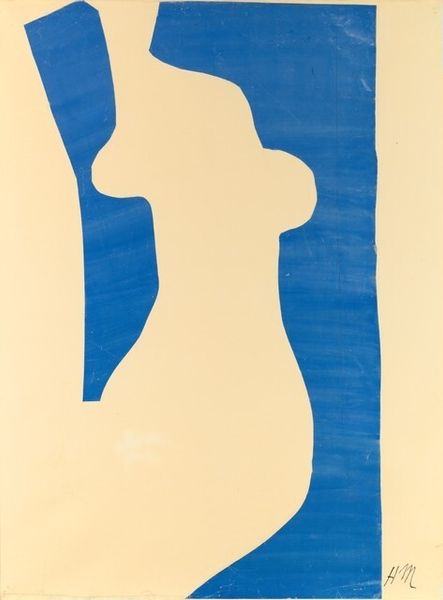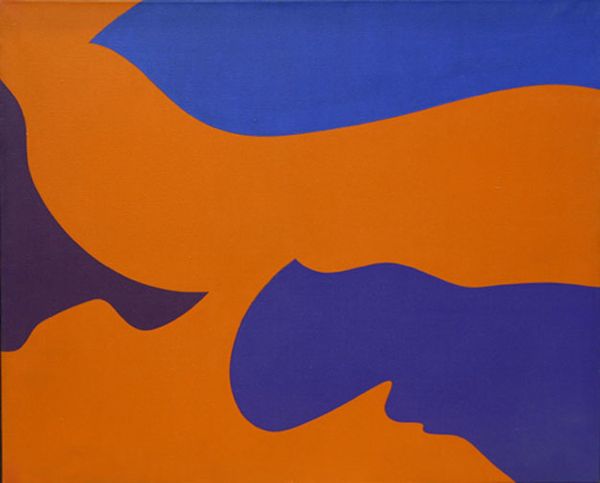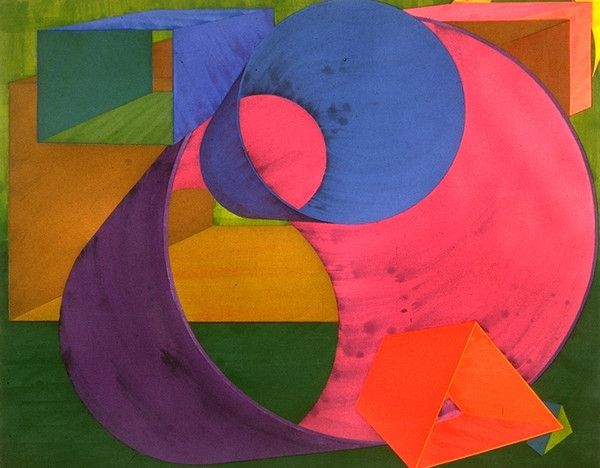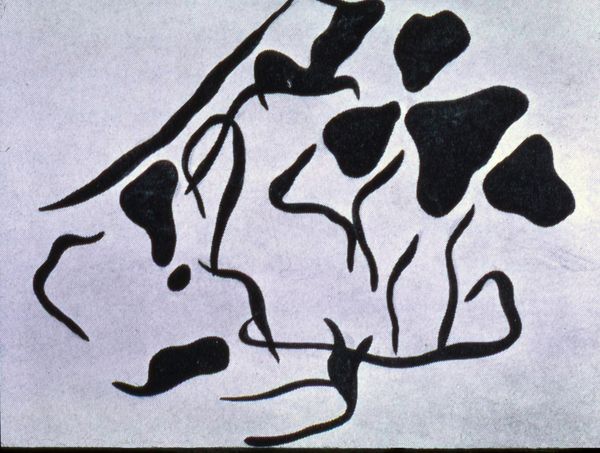
carving, bronze, sculpture
#
organic
#
carving
#
sculpture
#
bronze
#
abstract
#
form
#
sculpture
#
geometric-abstraction
#
the-seven-and-five-society
#
modernism
Copyright: Henry Moore,Fair Use
Curator: Immediately striking, isn’t it? The smooth surfaces, the weighty presence… It evokes a sense of primal power. Editor: It does, and I think the choice of bronze as the medium lends to this feeling, which reminds me of our fraught relationship to materiality today. It could either be seen as a totem for environmental destruction or conversely as a hopeful beacon reflecting our resilience. Curator: Interesting. We are looking at "Three Forms: Vertebrae" sculpted by Henry Moore in 1969. Moore's exploration of form is quite evident. Note the interplay between solid mass and negative space, the careful balancing of curves and angles. It speaks to a deep understanding of the sculptural process. Editor: Precisely, but understanding that process in isolation from socio-political context is deeply irresponsible, isn't it? This work arose out of modernism. Thinking about how power structures, particularly within gender dynamics and Western hegemony, impacted art is important. It speaks volumes. What identities are uplifted? Curator: I'm most fascinated with the composition itself, especially in its relationship with semiotics. Do the individual "vertebrae" each contain some significance? Or, if you will, could they only signify with their co-relation to each other? How should one, if one must, determine a point of origin or hierarchy among the three? Editor: When I look at Moore, particularly given the era he worked in, I find myself returning to ideas of national identity and the shadow of conflict. I think about the power of art as an instrument of cultural diplomacy and national self-definition, which means thinking about how some populations and artistic productions got erased through the creation of his sculptural project. What power dynamics is he trying to convey? Who did they influence and in what ways? These must always be relevant inquiries. Curator: Those questions do add another layer to interpreting its meaning. In any case, I find myself marveling at how Moore distills organic forms into these near-abstract shapes, and still it clearly resonates as life-like to those who observe it. The simplified contours are suggestive rather than explicitly representative. Editor: Seeing them arranged here, amidst an urban Israeli landscape, I feel encouraged to think about what that life entails given our contemporary world of persistent human rights struggles.
Comments
No comments
Be the first to comment and join the conversation on the ultimate creative platform.
